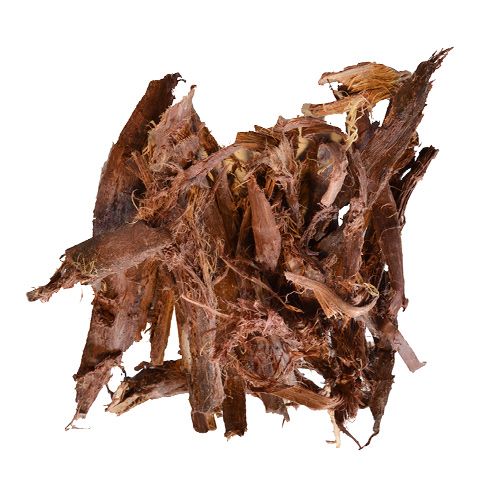Mimosa Hostilis root bark is a plant known for its vast array of botanical benefits, making it a popular choice in traditional and modern applications. Its rich chemical composition contains natural compounds such as tannins, flavonoids, and alkaloids, which contribute to its various uses. Many cultures have valued this plant for centuries due to its potential to aid in skincare, textile dyeing, and other natural remedies. The deep purple to reddish hue of its inner root bark is often associated with its high tannin content, which plays a significant role in its beneficial properties. Due to its natural antiseptic and antimicrobial properties, it has been traditionally applied to minor cuts, burns, and skin irritations. The tannins present in the bark help in tightening the skin and reducing inflammation, making it a common ingredient in natural healing solutions.

Many users have mimosa hostilis root bark for sale reported that it promotes skin regeneration and enhances overall skin health when used in various topical applications. Aside from its benefits in skincare, this plant has also been used as a natural dye. The high tannin content allows it to produce a deep, long-lasting color, making it a favored choice for textile and leather dyeing. Ancient civilizations recognized this attribute and used it for fabric coloring and traditional artwork. Today, many natural dye enthusiasts appreciate it for its ability to provide rich, earthy tones without the need for synthetic chemicals. This makes it a sustainable and environmentally friendly option for natural dyeing projects. In addition to its external applications, some traditional herbalists have used this plant for its potential internal benefits. While modern scientific studies on its internal use are still limited, historical practices suggest that some communities have incorporated it into their natural wellness routines.
It is often used in herbal preparations, where its rich nutrient profile is believed to support various aspects of well-being. However, it is essential for users to exercise caution and ensure that any use aligns with proper guidelines and recommendations. The plant’s resilience and ability to thrive in diverse climates contribute to its sustainability as a natural resource. Its deep-rooted growth system allows it to absorb essential nutrients from the soil, making the root bark particularly rich in beneficial compounds. This adaptability has allowed it to flourish in different environments, where it continues to be harvested for its various traditional uses. The growing interest in natural products has further highlighted the significance of this plant in botanical research and sustainable practices. Cultural traditions surrounding the use of this botanical ingredient have been passed down for generations.





